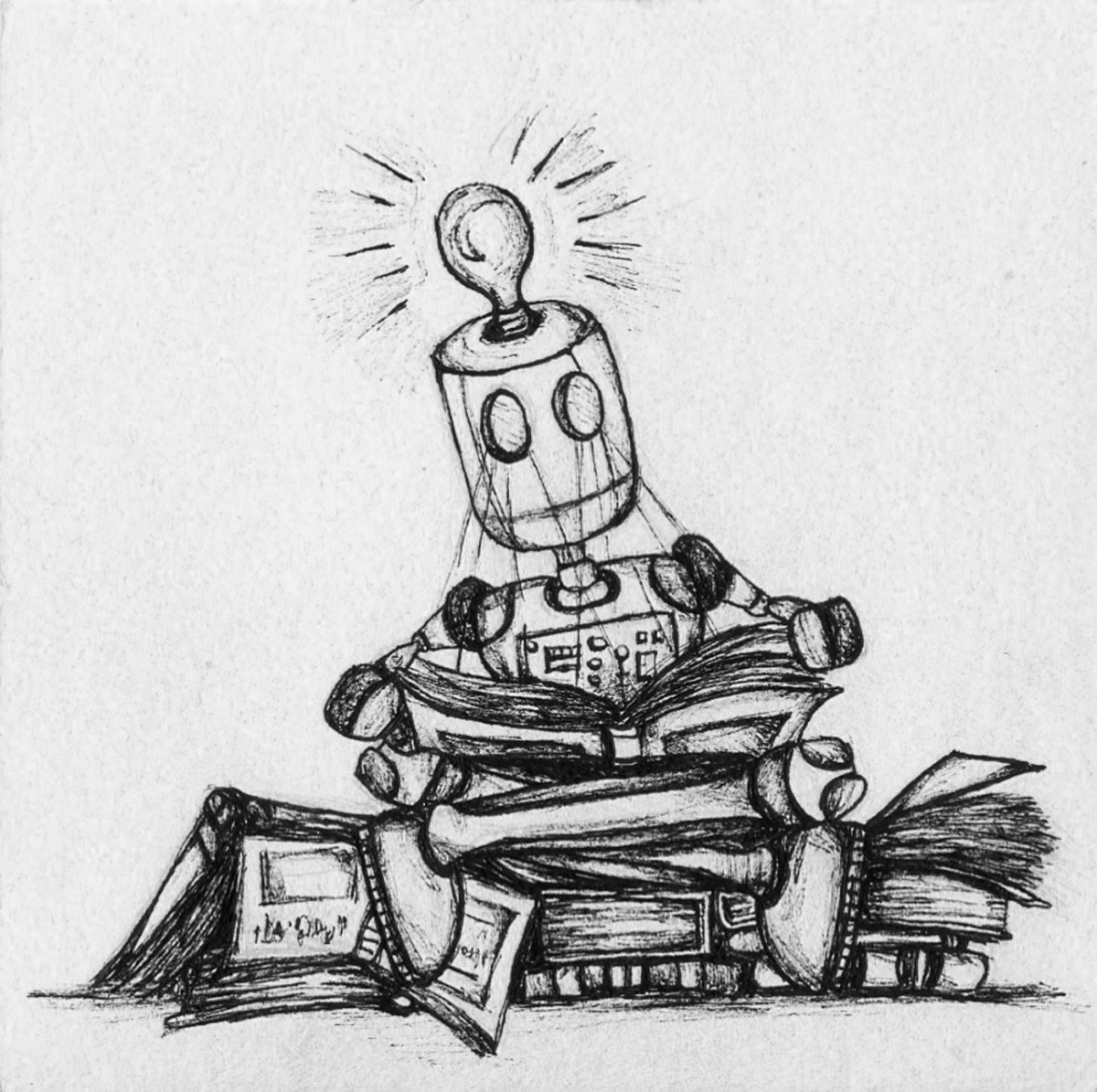Yoga is a transformative art, and deceptively simple. At least, although the advanced yoga postures are in fact difficult to the unpracticed, and look it, the changes that yoga can bring into one’s life belie the apparent simplicity of stretching muscles.
After all, we stretch muscles at the gym during a warm up. So what is the basic difference between yoga and regular workouts, including pilates. Pilates, after all, took some of its inspiration from yoga. Or at least the aspect of yoga that is made of the physical exercises, the asanas.
Yoga integrates the breath and consciousness with physical stretches in a way that I haven’t even felt in pilates, although pilates is great as a way of strengthening the internal muscles of the body as well, particularly the pelvic floor.
But in yoga, through the breath, and focusing on it within our body, we come to a greater understanding of both our body and ourselves. We begin a more conscious relationship with our individuality. We meet that unique expression of ourselves expressing physically in that moment. And we are able to begin a process of changing that which is blocking the vital flow of our energy.
That is why it doesn’t matter what state we are in when we begin practising a yoga posture. We might be more or less stiff, or in pain, or distracted, than usual. It is a journey of discovery, not of trying to fit ourselves into an external idea, even if that idea is represented in that moment by the yoga posture we are trying to do. Desikachar writes that the body can “only gradually accept an asana”. We should not strain ourselves, or judge ourselves, if we cannot fit into that posture. That posture is a possible outcome, yes, but what we do in our practice of yoga is to take the journey.
Desikachar makes another important point: “We should remain flexible so that we are still able to react to changes in our expectations and old ideas. The more distanced we are from the fruits of our labors, the better we are able to do this… Paying more attention to the spirit in which we act and looking less to the results our actions may bring us – this is the meaning of isvarapranidhana in kriya yoga”
The asanas are a way of preparing ourselves to more fully meet the challenges of life in a way that does not throw us off balance, and increases our capacity to adapt to those changes that are inherent in life. They allow us to be more sensitive and aware to what is really going on inside us, and in life itself. This growing self knowledge then provides us with a more complete picture in which our responses to whatever situations confront us more accurately reflects what is truly present. There is a deeper engagement that goes beyond the vagrancies of the mind, the self doubt, the domination of our preconceptions and expectations, or our need for something to be a certain way.
When we are distracted or preoccupied with doubts, worries, and fears, and even hope that is attached to an outcome (need), the vital energy of our whole being is leaking, diffused. Through yoga practice, we are able to clear the detritus, to redirect our diffused energy within, to sit within the body, our being, again. This is an energetic aspect of self-mastery. Integral to this is the knowledge of oneself as whole, and simultaneously a part of the wholeness that is within everything.
References: Desikachar, Heart If YogaYoga is a transformative art, and deceptively simple. At least, although the advanced yoga postures are in fact difficult to the unpracticed, and look it, the changes that yoga can bring into one’s life belie the apparent simplicity of stretching muscles.
After all, we stretch muscles at the gym during a warm up. So what is the basic difference between yoga and regular workouts, including pilates. Pilates, after all, took some of its inspiration from yoga. Or at least the aspect of yoga that is made of the physical exercises, the asanas.
Yoga integrates the breath and consciousness with physical stretches in a way that I haven’t even felt in pilates, although pilates is great as a way of strengthening the internal muscles of the body as well, particularly the pelvic floor.
But in yoga, through the breath, and focusing on it within our body, we come to a greater understanding of both our body and ourselves. We begin a more conscious relationship with our individuality. We meet that unique expression of ourselves expressing physically in that moment. And we are able to begin a process of changing that which is blocking the vital flow of our energy.
That is why it doesn’t matter what state we are in when we begin practising a yoga posture. We might be more or less stiff, or in pain, or distracted, than usual. It is a journey of discovery, not of trying to fit ourselves into an external idea, even if that idea is represented in that moment by the yoga posture we are trying to do. Desikachar writes that the body can “only gradually accept an asana”. We should not strain ourselves, or judge ourselves, if we cannot fit into that posture. That posture is a possible outcome, yes, but what we do in our practice of yoga is to take the journey.
Desikachar makes another important point: “We should remain flexible so that we are still able to react to changes in our expectations and old ideas. The more distanced we are from the fruits of our labors, the better we are able to do this… Paying more attention to the spirit in which we act and looking less to the results our actions may bring us – this is the meaning of isvarapranidhana in kriya yoga”
The asanas are a way of preparing ourselves to more fully meet the challenges of life in a way that does not throw us off balance, and increases our capacity to adapt to those changes that are inherent in life. They allow us to be more sensitive and aware to what is really going on inside us, and in life itself. This growing self knowledge then provides us with a more complete picture in which our responses to whatever situations confront us more accurately reflects what is truly present. There is a deeper engagement that goes beyond the vagrancies of the mind, the self doubt, the domination of our preconceptions and expectations, or our need for something to be a certain way.
When we are distracted or preoccupied with doubts, worries, and fears, and even hope that is attached to an outcome (need), the vital energy of our whole being is leaking, diffused. Through yoga practice, we are able to clear the detritus, to redirect our diffused energy within, to sit within the body, our being, again. This is an energetic aspect of self-mastery. Integral to this is the knowledge of oneself as whole, and simultaneously a part of the wholeness that is within everything.
References: Desikachar, Heart If Yoga





